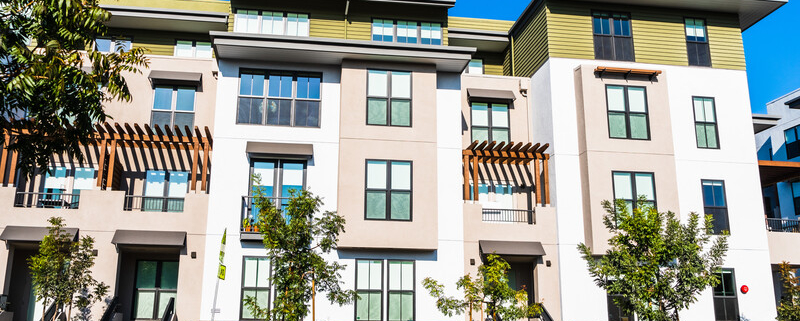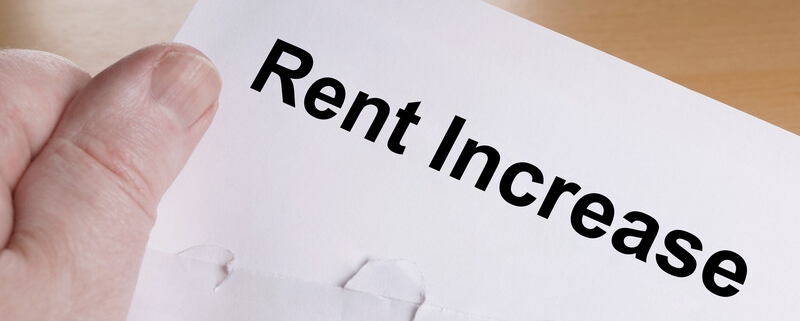South Florida’s apartment buildings have traded at record prices as rents continue to climb.
However, there will likely be fewer apartment building transactions this year compared to last year, according to a recent report from Cushman & Wakefield.
The report; authored by Calum Weaver, director of Cushman & Wakefield’s multifamily group in Florida; stated that sales volumes slowed this summer “and will likely be 20 to 30% lower than in 2021.”
That’s because higher interest rates have impacted the profitability of multifamily deals.
Despite the headwinds, multifamily sales activity remains strong as foreign and domestic buyers continue to “pour into South Florida,” Weaver said.
“Investors view it as a safe, stable, and strong asset class,” he added. “Especially compared to turbulent stock, Bitcoin, or exotic NFTs.”
South Florida’s apartment buildings traded at record highs in the first half of 2022, for an average of $345,000 a unit in Miami-Dade, $300,000 a unit in Broward, and $379,000 in Palm Beach County.
The deals add up to $4.96 billion in multifamily transactions, in “the second-highest six-month sales total in history.”
Forty-two percent of South Florida’s 367 multifamily transactions between January and July took place in Miami-Dade, while 34% were in Broward, and 24% were in Palm Beach County.
First-time investors made many of those purchases in a trend that’s expected to continue, according to the report.
Landlords’ net rental income, or effective rent, isn’t rising much as it did in 2021. But their profits continue to increase, the report stated. Over six months, rents increased 7.5% to $2,186 a month in Miami-Dade. In Broward, rent rose 5.3% to $2,326 a month during the same time.
In Palm Beach County, the rent increase was flat, with an increase of less than 1% to $2,326 a month.
It’s the first time average rents in all three counties exceeded $2,000 a month, Weaver wrote.
South Florida has led the nation in rent hikes since the pandemic as well-paid remote workers and executives moved to the region from other parts of the United States, brokers and developers have told the Business Journal.
There are signs, however, that rent increases are slowing down.
Ken H. Johnson, an economist at Florida Atlantic University, has theorized that asking rents will drop as some remote workers return to their points of origin due to employers’ demands that they spend more time in the office.
There is some anticipation that rent increases will stabilize as more apartment units are built in South Florida. A recent report from property technology company Yardi projected that 19,000 apartment units will be finished by year-end.
Weaver’s report noted that year-to-year vacancies increased in Broward to 4.4% from 3.5%. Vacancies also went up in Palm Beach County, to 6.4% from 4.5%.
However, vacancies remain “at historic lows” in Miami-Dade County, at 3%, the report stated.
As more multifamily units are built, vacancies are expected to marginally increase in South Florida.
There are now 39,216 units being constructed in South Florida, including 9,192 apartments that recently broke ground in Miami’s Brickell Financial District and downtown areas, 3,657 units in Hialeah and Miami Lakes, as well as 3,611 units in West Palm Beach, Weaver wrote.
There could be a decrease in new projects as it becomes more difficult for developers to obtain construction loans, the report noted.
But demand for rentals is expected to remain high as home prices rise in tandem with rents.
The median price for a single-family home in South Florida rose to about 13% to $542,878, the report stated, adding that “average home values are increasing at a greater rate than rents, making ownership for many even tougher.”
Meanwhile, South Florida’s population grew by 47,000 people year to date.
“This was more than the 42,842 population increase for all of 2021,” the report declared, adding that the population hike was “equally split among the three counties.”
South Florida’s population is expected to continue to grow, according to Cushman & Wakefield.
“Household formations in South Florida are expected to increase to over 37,000 each year in the next five years,” the report stated.
If half of these new households are renters, “that represents over 18,500 new renters a year in South Florida.”
Rising rents may be a boon for landlords, but they could dissuade some professionals and companies from moving to South Florida, some experts have warned.
Their costs are rising, too, as insurance cost hikes “continue to be a challenge” with premiums per unit ranging from $1,000 to $1,800 a unit, the report stated.
However, Weaver’s report noted that South Florida is home to a strong job market, with unemployment at 3% or lower and salaries increasing by 6% over the last 12 months.
Source: SFBJ






